


xxxxxThe French writer Alexandre Dumas (père) is famous the world over for his historical romance The Three Musketeers, published in 1844. His other works in this vein included two sequences, Twenty Years After, and The Viscount of Bargelonne (including the story of The Man in the Iron Mask), and the adventure tales The Count of Monte Cristo and The Black Tulip. None of these novels laid claim to historical accuracy, there was no attempt at characterisation, and hardly any plot, but they proved highly popular because of their racy style, swashbuckling adventures, and flamboyant characters. Like his contemporary novelists Honoré de Balzac and Victor Hugo, his output was phenomenal, and included plays as well as novels, travel books and children’s stories. His son Alexandre Dumas (fils) also became a writer, but, as we shall see, he wrote on serious, contemporary subjects.
ALEXANDRE DUMAS (père) 1802 -
(G3c, G4, W4, Va, Vb)
Acknowledgements
Dumas (père): date and artist unknown – Schwartzman collection, Archives, New York Public Library, USA. Dumas (fils): date and artist unknown. Mérimée: miniature by the French artist Simon Jacques Rochard (1788-
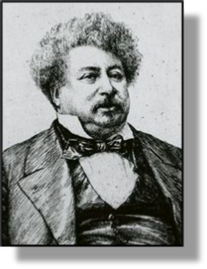 xxxxxThe name of the French writer Alexandre Dumas (père) is inextricably linked with The Three Musketeers of 1844, one of the most popular historical romances of all time. The two sequences to this action-
xxxxxThe name of the French writer Alexandre Dumas (père) is inextricably linked with The Three Musketeers of 1844, one of the most popular historical romances of all time. The two sequences to this action-
xxxxxDumas was born in Villers-
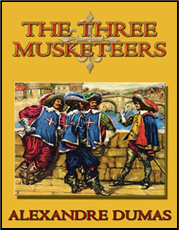
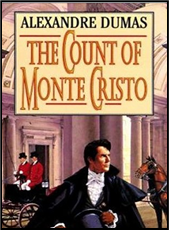 xxxxxDespite their shortcomings, these proved highly successful, but fame on a wider scale came in 1844 with his novel The Three Musketeers, an exciting yarn centred around the alleged love affair between the wife of Louis XIII and the English aristocrat the Duke of Buckingham. This was the beginning of a series of historical cloak-
xxxxxDespite their shortcomings, these proved highly successful, but fame on a wider scale came in 1844 with his novel The Three Musketeers, an exciting yarn centred around the alleged love affair between the wife of Louis XIII and the English aristocrat the Duke of Buckingham. This was the beginning of a series of historical cloak-
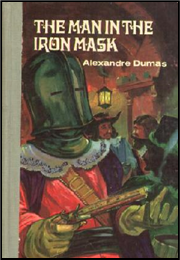
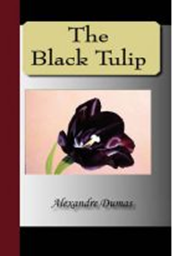 xxxxxDumas’ melodramas and romantic novels laid no claim to historical accuracy, provided only a shadow of a meaningful plot, and made no attempt at characterisation, but, nonetheless, they were very popular and highly successful. What they lacked in literary merit they more than made up for by their swashbuckling adventures, the imaginative twists and turns of their story line, the rapid pace of their action, and their colourful, flamboyant personalities. They provided an exuberant, exciting escape from humdrum reality, and that was clearly the paramount need of the time. And Dumas catered for this need in no small measure. His phenomenal output and the energy it required was matched only by the other two literary giants of his day, his fellow countrymen Honoré de Balzac and Victor Hugo. His complete works -
xxxxxDumas’ melodramas and romantic novels laid no claim to historical accuracy, provided only a shadow of a meaningful plot, and made no attempt at characterisation, but, nonetheless, they were very popular and highly successful. What they lacked in literary merit they more than made up for by their swashbuckling adventures, the imaginative twists and turns of their story line, the rapid pace of their action, and their colourful, flamboyant personalities. They provided an exuberant, exciting escape from humdrum reality, and that was clearly the paramount need of the time. And Dumas catered for this need in no small measure. His phenomenal output and the energy it required was matched only by the other two literary giants of his day, his fellow countrymen Honoré de Balzac and Victor Hugo. His complete works -
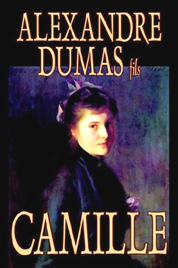
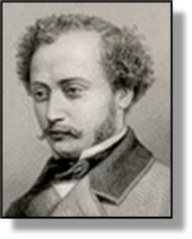 xxxxxTroubled with money problems to the end, Dumas died at the home of his illegitimate son (also named Alexandre Dumas) in December 1870. Dumas, fils (1827-
xxxxxTroubled with money problems to the end, Dumas died at the home of his illegitimate son (also named Alexandre Dumas) in December 1870. Dumas, fils (1827-
xxxxxHis major works centred around serious social issues of the day, such as the sanctity of marriage, prostitution and female emancipation. These included Le Demi-
Including:
Alexandre Dumas (fils)
and Prosper Mérimée

xxxxxAnother French writer of this period who, like Alexandre Dumas, fils, had a major work turned into an opera, was Prosper Mérimée (1803-
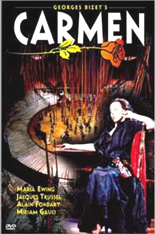 xxxxxAnother French writer of this period who, like Alexandre Dumas, fils, had a major work turned into an opera, was Prosper Mérimée (1803-
xxxxxAnother French writer of this period who, like Alexandre Dumas, fils, had a major work turned into an opera, was Prosper Mérimée (1803-
xxxxxMérimée’s career as a writer began in 1825 when, as a hoax, he produced six thrill-
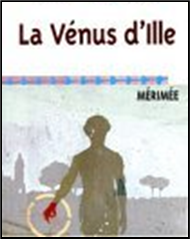 xxxxxHis recognition as a master of short fiction began in the late 1820s, however, when he started writing a number of tales with exotic, violent themes, full of imagination and realistic detail, and often tinged with a sense of mystery. Among these were Mateo Falcone, The Vénus of Lille, Carmen, Colomba and Letters to an Unknown Girl, a work based on a lifelong correspondence with a young girl he had met in 1831. A later story, The Blue Room, published after his death, shows his lifetime fascination with the supernatural.
xxxxxHis recognition as a master of short fiction began in the late 1820s, however, when he started writing a number of tales with exotic, violent themes, full of imagination and realistic detail, and often tinged with a sense of mystery. Among these were Mateo Falcone, The Vénus of Lille, Carmen, Colomba and Letters to an Unknown Girl, a work based on a lifelong correspondence with a young girl he had met in 1831. A later story, The Blue Room, published after his death, shows his lifetime fascination with the supernatural.
xxxxxIn addition to his short stories, Mérimée also translated a fair deal of Russian literature, introducing into the west works by Pushkin, Gogol and Turgenev, and he showed a marked ability as an historian. Encouraged by his friend the French novelist Stendhal, he produced a study of Cromwell as early as 1822. This was followed by a pla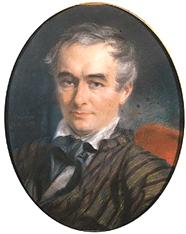 y entitled La Jacquerie in 1828 (about the Jacquerie peasant revolt of 1358 (E3)) and, a year later, a detailed and well written study of court life during the Reign of Charles IX.
y entitled La Jacquerie in 1828 (about the Jacquerie peasant revolt of 1358 (E3)) and, a year later, a detailed and well written study of court life during the Reign of Charles IX.
xxxxxMérimée was born in Paris, the son of a painter. After studying law he was appointed inspector general of historic monuments and travelled widely in this capacity. In 1830, during a visit to Spain, he came to know the Countess of Montijo and later, when her daughter became the Empress Eugénie, he became a close friend of Napoleon III and was made a senator. Earlier in his career he had a brief love affair with the notorious woman novelist George Sand.
Va-


